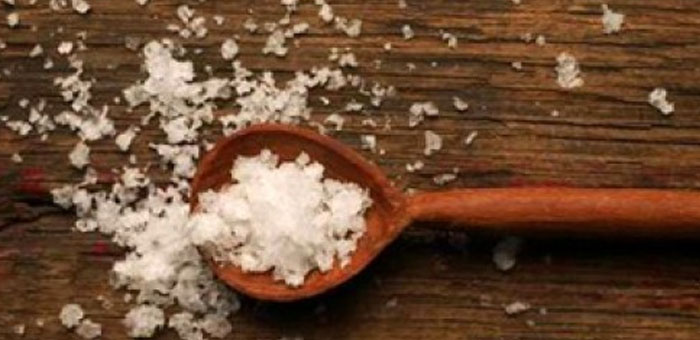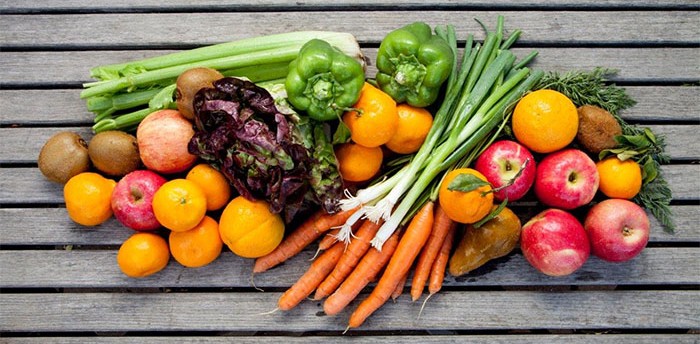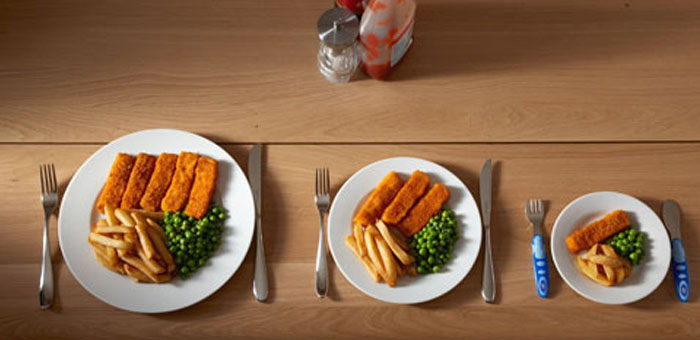Salt may be the most widely used ingredient in food truck kitchens, and because of that we felt that salt would be a great topic to discuss in our Culinary Lessons section. In the past, plain table salt was the go-to seasoning for both the front and back-of-the-house of restaurants, but now chefs throughout the food service industry are using crystals of different sizes, textures, colors and even flavors.
Using Salt In Your Food Truck Menu Items
Table Salt
Also called granulated salt, is the most basic mineral composition of sodium and chloride. It can be mined from dried oceans and underground sea beds or harvested from evaporated brine/sea water. It is screened to provide a range of specific crystal sizes.
Kosher Salt
Is a larger, coarser crystal size and mellow flavor, making it a popular choice for roasting, pickling, brining, grilling and simply pinching between the fingers for seasoning.
When evaluating kosher salt, start with appearance, crystal size should be uniform and the color, pure white. Then note these four criteria:
Texture: Crumble between the fingers and sprinkle on food; ideally, the salt should stick to the food and not bounce or roll off.
Flavor: The salt should taste clean and pure with no bitter or metallic notes.
Mouth Feel: Is there a pleasing crunch?
Blending: Does the salt blend evenly with other ingredients/spices to round out a dish?
Sea Salt
Also collected from evaporated water. The flavor of sea salt reflects the terroir of its source. For example, mineral impurities contribute both color and flavor to French fleur de sel from Brittany, which ranges from white to ebony, coral to gray.
Sea salt is best used as a finishing salt, sprinkled on cooked fish or meats, salads or as a garnish for desserts; it adds mellow flavor along with a satisfying crunch. Some companies now offer flavored sea salts, such as imparting a subtle hickory, applewood and even chardonnay oak flavor. Other sea salts are infused with citrus, herbs and other flavors. Some sea salts may also flavor food with less sodium by volume, depending on the quantity of other minerals in the particular sea salt blend.
Here is a quick and easy way to taste test different types of salt:
- Thinly slice English cucumbers.
- Sprinkle slices with kosher, table and sea salt.
- Taste all three, rinse your mouth with water in between.
- The results will prove that each salt delivers different results in terms of flavor, texture and other attributes.
Mobile food vendors who are trying to reduce sodium levels on their truck’s menu can go a long way toward enhancing dishes by using different varieties and a little less salt of higher quality. To discuss this topic further, share your thoughts in the comment section below or on social media. Facebook | Twitter




